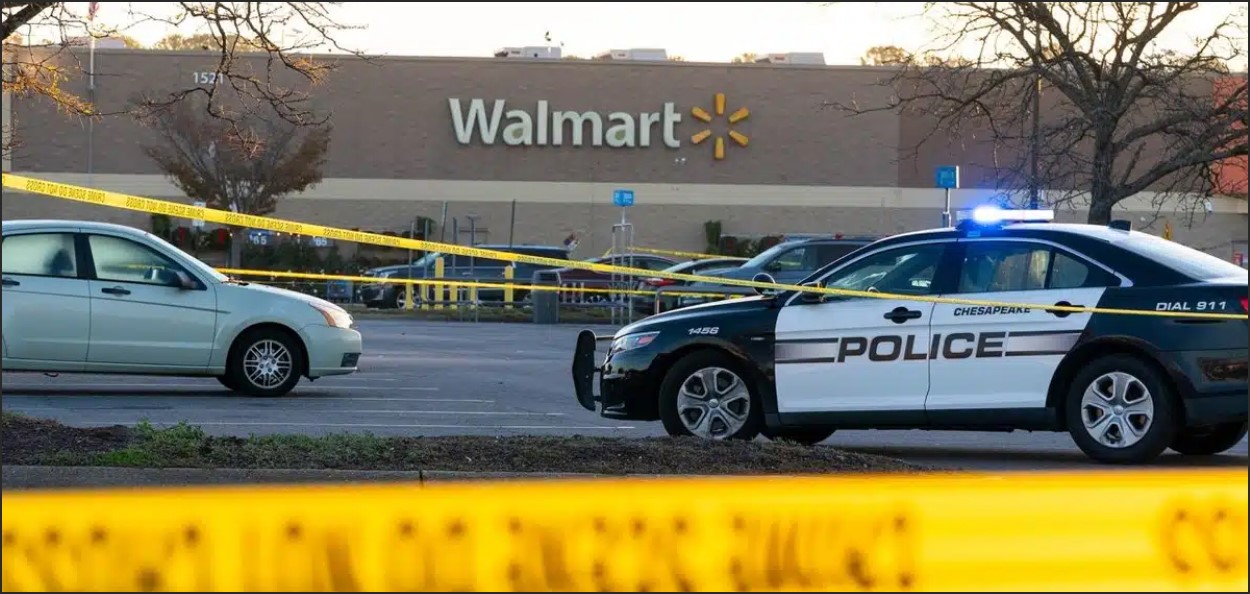by Jim McCarthy
Bacon’s Rebellion recently hosted a series of articles exhaustively parsing the procedures and policies at the University of Virginia regarding threat assessments in preventing violence related to the killing of three students and wounding of two by a colleague. The examination included the possible human failures that contributed to the event. Under state legislation, institutions of higher education in the Commonwealth had been tasked to produce policies and procedures designed to afford safety to campus communities, including intervention somewhat similar to “red flag” laws. The UVa shooter had been previously identified to campus authorities as “possessing” a firearm; upon inspection, a cache of arms was discovered in his dorm room. Cause and effect? Broken procedures and policies? Negligence?
There is no arithmetic or mathematical equation that governs or can predict cause and effect in human behavior. Unlike gravity, laws and rules of society and its organizations are essentially the overt expression of norms of behavior functioning as guides and generally will succeed because they are accepted by most as necessary to civility and peace and safety. When these guardrails fail, the effects can be deadly.
Logically, cause is the event or situation that triggers or creates an effect in the natural world and according to science. Some laws of nature are well understood and acknowledged as inevitable and predictable. Laws of science are not always well understood but rank high in predictability of outcomes or effect. Neither paradigm is reliably applicable in society.
In an uncertain world where humans function, especially the contemporary one, and more particularly it seems in the United States, heated debates are engaged concerning culture conflicts about pro-life or pro-choice, same sex marriage, teaching of history in schools, and the right to bear arms, among a few.
In 2019, the Colorado legislature passed a “red flag” law permitting seizure of weapons upon a court-issued Extreme Risk Protective Order following a petition by a family member or law enforcement. In early 2020, during a radio interview, the sheriff of El Paso County, where Colorado Springs is located, stated his opposition to the red flag provision noting that his deputies “would not petition their own orders unless there were ‘exigent circumstances.’” The sheriff concluded that, absent exigency, “there is no legitimate purpose for searching someone’s house under a civil order.”
This position was consistent with a resolution of the County’s governing body which, while not defiant toward the law, declared the County to be a Second Amendment “preservation” jurisdiction reserving the right to challenge the implementation of the law. For context, El Paso is the most populous county in Colorado with 478,000 residents.
Known as the Centennial State for having achieved statehood 100 years following the Constitution, Colorado is an “open carry” jurisdiction with minor restrictions. On Saturday, November 19th, five individuals at a night club in Colorado Springs were murdered, and at least eighteen injured by a young man armed with an AR-15-style rifle. According to reports, the carnage was lessened by the heroic efforts of one or two unarmed patrons who subdued the gunman. While questions remain about motive, the night club catered to LGBTQI patrons.
Several sources reported that the shooter had been arrested in June 2021 by the sheriff following a bomb threat and weapons possession reported by his mother. No charges were brought and no order was filed to impound his weapons. Cause? Effect? Negligence? Defiance of the law?
Bacon’s Rebellion published an article, “To Be or Not to Be Elected” (September 28, 2022) with this cautionary excerpt:
During 2019, the General Assembly adopted several firearms-control measures including a “red flag” law permitting seizure of weapons under court order where a threat to the possessor or others was shown. Three Virginia sheriffs publicly declared that they would not enforce such court orders, a view that was reinforced by a tidal wave of resolutions from local legislatures declaring their jurisdictions to be “Second Amendment” sanctuaries with many asserting a provision refraining from the expenditure of public funds for those purposes.
The UVa and Colorado Springs murders may be seen to share some closely similar contributing causes without necessarily informing predictable effects that could have been prevented. Americans are a very tolerant constituency. It may be, however, that the regret for the murders of fellow citizens will impel or motivate a sense of frustration with questionable assertions about the absolute freedom claimed by some with dangerous effects upon the lives of others.
While in 1776 the Declaration of Independence enunciated and enumerated an unalienable right to life, Congress in 2005 abrogated the individual common law right of every citizen to sue and hold manufacturers of firearms liable (Protecting Lawful Commerce in Arms) in favor of the few. In 2004, the federal ban on assault weapons expired under a sunset provision. Fewer than three years later, SCOTUS divined an individual right to keep and bear arms (D.C. v Heller) for a population of 300 million. Two and a quarter centuries after a Revolutionary War to ordain and establish an unalienable right to life, the United States finds itself witnessing mass shootings and murders that have not jumped the shark.
There is no formula to fabricate a law or rule that will abolish such incidents or even effectively define the segue from cause to effect. At the same time, there is sufficient commonality of experience from which society can demand from itself and its members less absolutism and greater empathy if only the sole motivation is regret.
Since 2005, that witness has provided some painful examples: Virginia Tech (2007); Sandy Hook (2012); Aurora movie theatre (2012); AME church (2015); Pulse night club (2016); Las Vegas (2017); Parkland (2018); Buffalo supermarket (2022); Uvalde (2022); and now UVa (2022) and Colorado Springs. A Chesapeake, VA Walmart, at this writing, is the scene of a shooting killing 6 where the shooter committed suicide.
When will we ever learn?
Jim McCarthy, a former New York attorney, resides in Northern Virginia.



